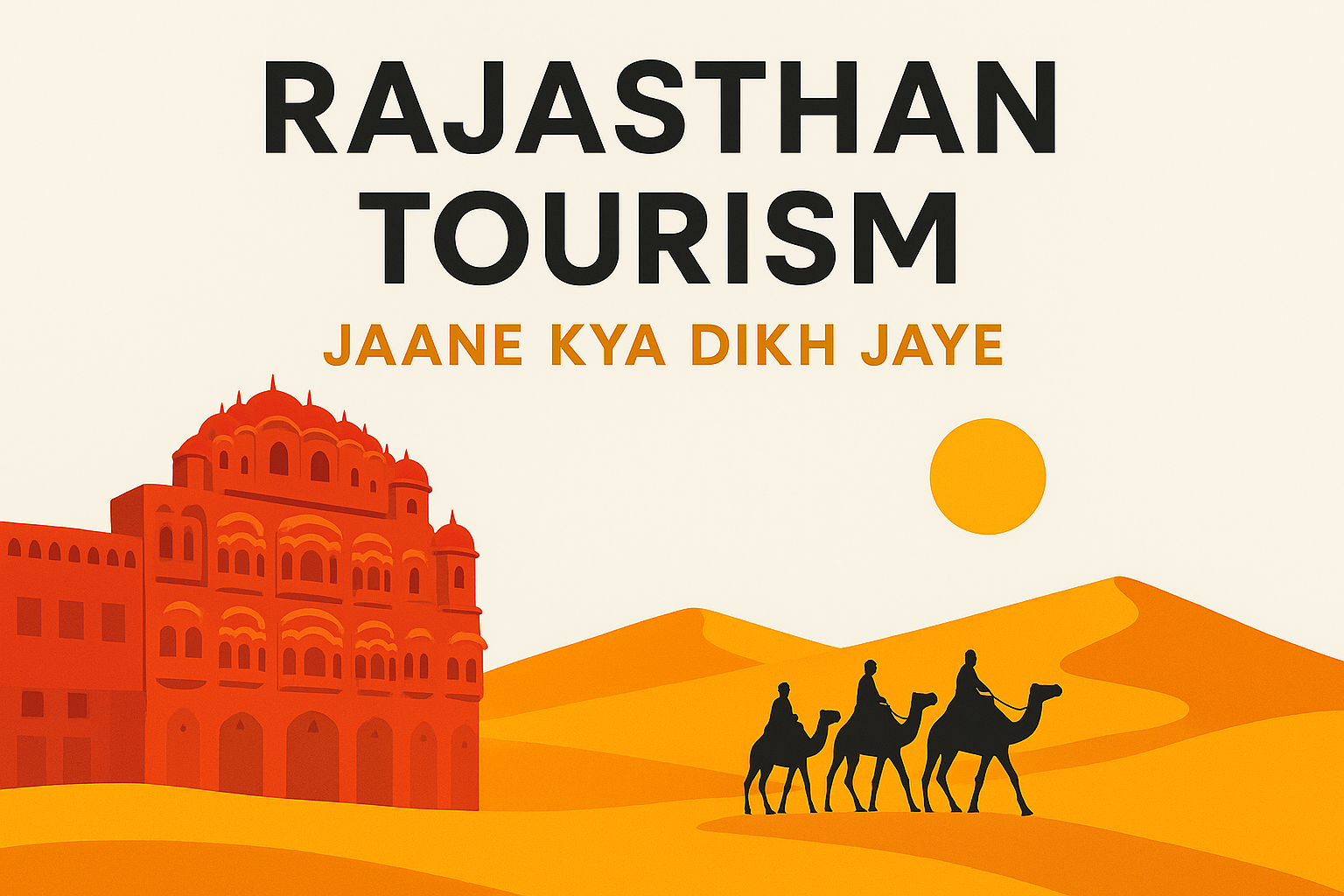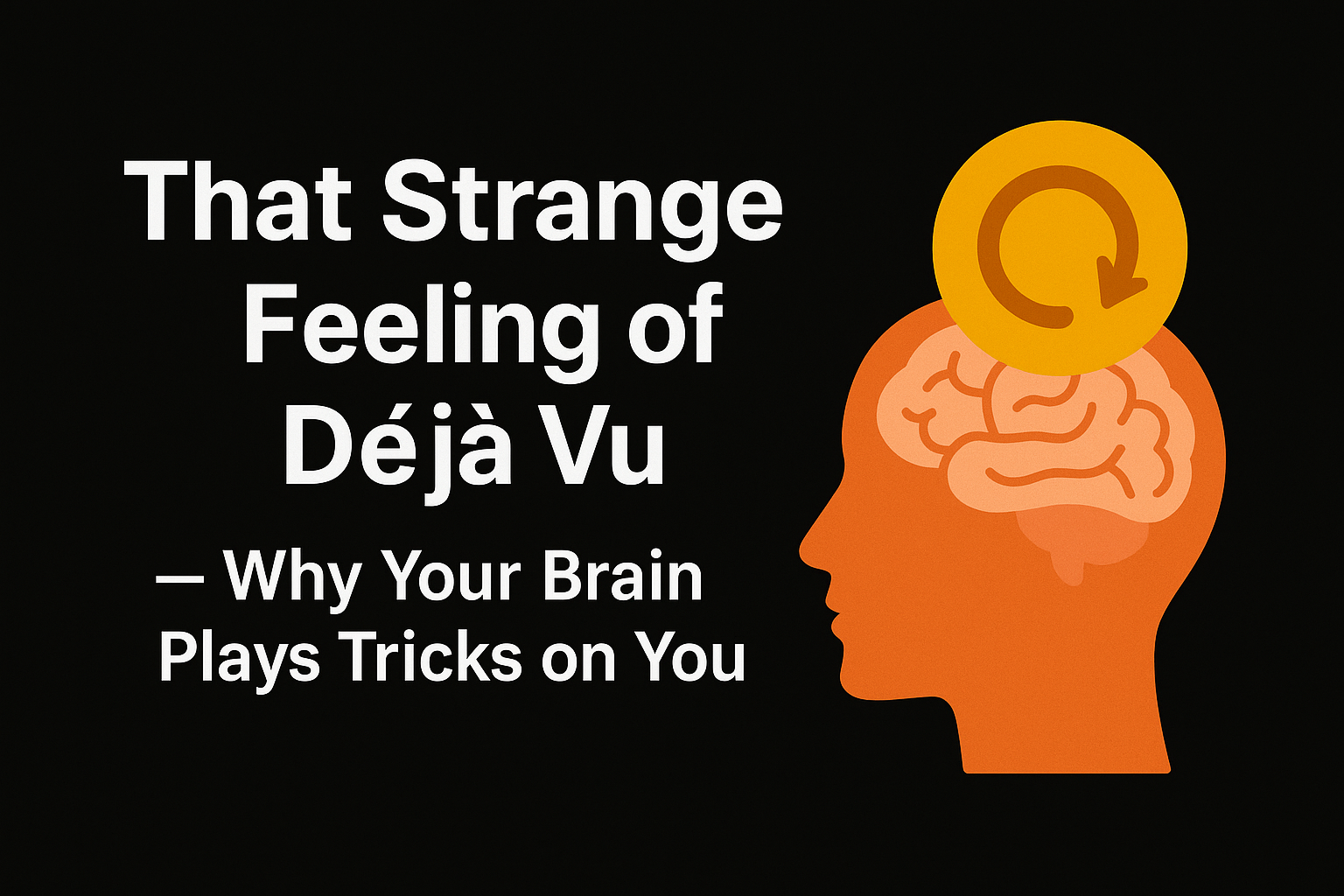The Definition of Social Media
What Makes a Platform Social Media? Social media platforms are digital spaces that allow users to create, share, and interact with content in real-time. At their core, social media platforms foster communication, community building, and collaboration. A key element distinguishing social media is its user-driven content, where individuals or groups can produce and engage with posts, images, videos, or other media, creating an interactive experience.
Key Elements of Social Media Platforms
- User Profiles: Most social media platforms allow users to set up profiles, which serve as a personal or professional representation.
- Content Sharing: Users can share various forms of media like text, images, videos, or articles.
- Interaction: Social media thrives on interaction—likes, comments, and shares—allowing users to engage with the content and each other.
- Networks: These platforms are built around user networks, connecting friends, followers, or subscribers to form social circles or communities.
- Real-Time Communication: Many platforms provide real-time communication through direct messaging, live streams, and comment threads, promoting immediate interaction.
YouTube’s Core Features
Content Creation and Video Sharing YouTube is built on the power of video. It allows everyday people to create and share content with a global audience. Whether it's:
- A simple vlog about daily life.
- A detailed tutorial.
- A short documentary.
- Or even a music video.
YouTube has empowered millions of creators, from individuals filming on their smartphones to professional production studios. This makes it more than just a video platform—it’s a space for everyone to have a voice.
The Role of User Interaction (Likes, Comments, and Shares) Interaction is at the heart of what makes YouTube social:
- Likes/Dislikes: Viewers can quickly express their feelings about a video.
- Comments: Open discussions happen in the comment section, where people share opinions, ask questions, and even debate.
- Shares: Viewers spread content through social networks, emails, or embedding it in websites or blogs.
These interactive features build a sense of community and dialogue between creators and viewers, making it more than just passive content consumption.
Community and Engagement Tools (Subscriptions, Playlists, and Channels) YouTube offers several tools that add a social layer to its platform:
- Subscriptions: Users can subscribe to their favorite channels to keep up with the latest content.
- Playlists: Creators and viewers alike can organize videos into collections, making content more discoverable and shareable.
- Channels: Each creator’s channel acts like a personal hub where they can engage directly with their audience and build a loyal following.
YouTube’s features go far beyond just hosting videos. These tools encourage ongoing engagement, building an interactive social network around content.
Comparing YouTube to Traditional Social Media
How YouTube Differs from Facebook, Instagram, and Twitter When you think of social media, platforms like Facebook, Instagram, and Twitter often come to mind. These platforms focus heavily on short-form content, like posts, photos, and quick updates. In contrast, YouTube’s primary focus is long-form video content. Here's how YouTube stands apart:
- Longer Content: While most social media platforms prioritize quick, bite-sized posts, YouTube’s content tends to be longer and more in-depth, often ranging from 5 minutes to an hour or more.
- Searchability: YouTube functions more like a search engine (often called the second largest search engine after Google), where users search for specific topics or videos rather than browsing feeds filled with updates.
- Passive and Active Engagement: Platforms like Instagram and Twitter are built around constant scrolling, but YouTube leans more on deliberate viewing, where users actively seek out videos or passively watch recommended content for longer durations.
Similarities with Other Social Media Platforms Even with these differences, YouTube shares a lot of characteristics with traditional social platforms:
- User-Generated Content: Just like Facebook and Instagram, YouTube is driven by content created by its users. The power is in the hands of creators, whether they’re individuals or brands.
- Engagement Metrics: Likes, comments, shares, and subscriptions on YouTube function similarly to likes, comments, and follows on platforms like Instagram or Twitter, helping creators gauge their reach and engagement.
- Community Building: Through subscriptions, live chats, and community posts, YouTube enables creators to build their own communities, much like groups or followings on other platforms.
In many ways, YouTube blends the best of video creation and social networking, offering a platform where creators can dive deep into topics while still fostering community engagement.
The Evolution of YouTube’s Social Features
Early Days: Focus on Video Hosting When YouTube first launched in 2005, its main goal was simple—allow people to upload and share videos online. It was more of a video hosting service than a social platform. People came to watch viral videos, movie trailers, or music clips, but there wasn’t much interaction beyond viewing.
Introduction of Interactive and Social Elements As YouTube grew, so did its features. Over time, it began introducing more interactive and social tools, helping it transform from just a video library to a full-fledged social platform. Here are a few milestones:
- Comment Sections: Early on, YouTube introduced comment sections under videos, allowing viewers to share their thoughts, ask questions, or even start discussions. This was one of the first big steps toward creating community engagement.
- Likes and Dislikes: The ability to like or dislike videos gave users a way to quickly share their opinions, giving creators immediate feedback.
- Subscriptions: In 2006, YouTube added a subscription feature, allowing users to follow their favorite creators and stay updated with new content. This helped build loyal audiences and long-term relationships between creators and viewers.
Expanding Social Features (Live Streaming, Stories, and Community Posts) In the years that followed, YouTube began borrowing more ideas from traditional social platforms:
- Live Streaming: YouTube Live allows creators to interact with their audience in real time. Viewers can comment, ask questions, and engage directly with creators during live broadcasts, making it a highly social experience.
- Stories (YouTube Shorts): Borrowing the short, ephemeral video style made famous by Snapchat and Instagram, YouTube introduced Shorts, offering a way for creators to share quick, digestible content with their audience.
- Community Posts: In 2017, YouTube rolled out the community tab, which allows creators to post updates, images, and polls directly to their subscribers. This is similar to status updates on Facebook or Twitter and helps creators stay connected between video uploads.
With each new feature, YouTube continued to evolve, pushing further into the realm of social media while keeping its core focus on video content.
YouTube as a Social Ecosystem
The Role of Creators and Influencers in Building Communities YouTube isn’t just a platform for watching videos; it’s a place where communities are built around creators. The rise of influencers—people who create content around specific topics and build large followings—has shaped YouTube’s social ecosystem. Influencers connect with their audience on a deeper level by:
- Sharing personal experiences,
- Offering educational content,
- Creating entertaining and relatable videos.
These creators often build tight-knit communities, where viewers feel like they’re part of something larger. For many people, subscribing to a YouTuber is more than just following someone—it’s joining a community with shared interests.
The Impact of YouTube Comments, Communities, and Collaborations
- Comments: The comment section is where a lot of the magic happens. It’s a space for viewers to engage with creators and other fans. Whether it’s asking questions, giving feedback, or sharing opinions, comments foster real conversations.
- Communities: Beyond individual videos, YouTube’s community tab allows creators to interact with their audience by posting updates, polls, and exclusive content. This tool strengthens the relationship between creators and their followers.
- Collaborations: YouTube also encourages collaboration among creators. When two or more YouTubers team up for a video, it not only introduces their audiences to each other but also brings new energy and ideas to the platform. These collaborations are an essential part of growing the YouTube community, making it feel more connected.
In this way, YouTube operates as a social ecosystem where viewers, creators, and even brands engage in ongoing dialogue, creating a dynamic and evolving platform.
Social Media Metrics on YouTube
Engagement: Views, Likes, and Comments On YouTube, engagement is everything. The platform tracks several key metrics to measure how well videos resonate with audiences. Here’s a breakdown of the most important ones:
- Views: The number of times a video has been watched. While views give a sense of a video's popularity, they don’t always reflect true engagement, as people can click away quickly.
- Likes and Dislikes: These serve as a quick gauge of audience approval. A high number of likes typically indicates that the content was well-received, while dislikes can suggest that the content didn’t meet viewer expectations.
- Comments: The comment section provides deeper insights into viewer thoughts, allowing creators to directly engage with their audience. It also acts as a space for conversations between viewers, further fostering community.
Subscriber Count and Audience Growth
- Subscribers: A channel’s subscriber count reflects its loyal fan base. When someone subscribes, they’re signaling that they want to see more content from that creator, often checking back for new uploads. This is a significant metric because it indicates long-term audience interest and commitment.
- Audience Growth: YouTube’s analytics tools allow creators to track how their audience grows over time. Factors like new subscriber counts, returning viewers, and watch time help creators understand how well their content is performing and where they can improve.
By tracking these social media metrics, creators can better understand their audience, refine their content strategy, and continue to build meaningful connections with their community.
Monetization and Social Influence
YouTube’s Influence on Social Media Marketing YouTube has evolved into one of the most powerful platforms for social media marketing. Brands recognize the impact that creators have on their audiences, and they leverage this relationship through sponsorships, product placements, and collaborations. Here's how YouTube plays a role in social media marketing:
- Influencer Marketing: Many YouTube creators have established themselves as influential voices in their niche, whether it’s beauty, tech, fitness, or gaming. Brands partner with these creators to reach highly targeted audiences authentically.
- Branded Content: Creators often integrate products into their videos, showcasing how they use them in real-life scenarios. This type of advertising feels more natural and relatable than traditional commercials.
- Product Reviews and Tutorials: YouTube is a hub for product reviews and tutorials, where influencers share their honest opinions about products. These videos help viewers make informed decisions, and brands benefit from the exposure.
Brand Collaborations and Sponsored Content
- Sponsored Videos: Brands pay creators to feature their products or services in dedicated videos. These collaborations are often disclosed upfront to maintain transparency with the audience.
- Affiliate Marketing: Many creators use affiliate links in their video descriptions, earning a commission when viewers purchase products through those links. This allows creators to monetize their influence without relying solely on ad revenue.
- AdSense and Revenue Sharing: Beyond brand deals, YouTube offers creators the ability to earn money through ads. With YouTube’s AdSense program, creators earn a portion of the revenue generated by the ads shown on their videos. This passive income stream is an essential part of monetization for many creators.
Through these monetization methods, YouTube provides a space where creators can turn their passions into careers while helping brands connect with highly engaged audiences.
Is YouTube Really a Social Media Platform? Final Thoughts
Analyzing Its Social Media Capabilities At its core, YouTube blends both video-sharing and social interaction. While it may not fit the traditional mold of social media like Facebook or Instagram, it clearly checks many of the boxes that define social platforms:
- User-Generated Content: YouTube is entirely driven by user-created videos, just like posts or images on other social platforms.
- Engagement Tools: With likes, comments, shares, and subscriptions, YouTube enables significant interaction between creators and viewers.
- Community Building: Creators often foster loyal communities of subscribers who engage with their content and each other, just as groups and followings do on other platforms.
The key difference is that YouTube places a stronger emphasis on long-form content, and its engagement is built around in-depth discussions rather than quick, snackable content. Still, the platform’s tools for interaction, collaboration, and community-building firmly place it in the realm of social media.
Where YouTube Stands Among Other Platforms In comparison to other social media platforms, YouTube stands out for a few reasons:
- Depth of Content: While platforms like Instagram and Twitter focus on quick updates, YouTube allows for more substantial, informative, or creative content.
- Search and Discovery: YouTube acts almost like a video-based search engine, which makes it unique compared to other platforms that emphasize feeds or timelines.
- Creator-Driven Communities: The bond between creators and their audiences is arguably stronger on YouTube than on many other social networks, where content is often consumed passively.
So, is YouTube a social media platform? Absolutely. Its focus may be different from other platforms, but the social components—content sharing, engagement, community-building—are all there.








Leave a Comment - (Links Acceptable)